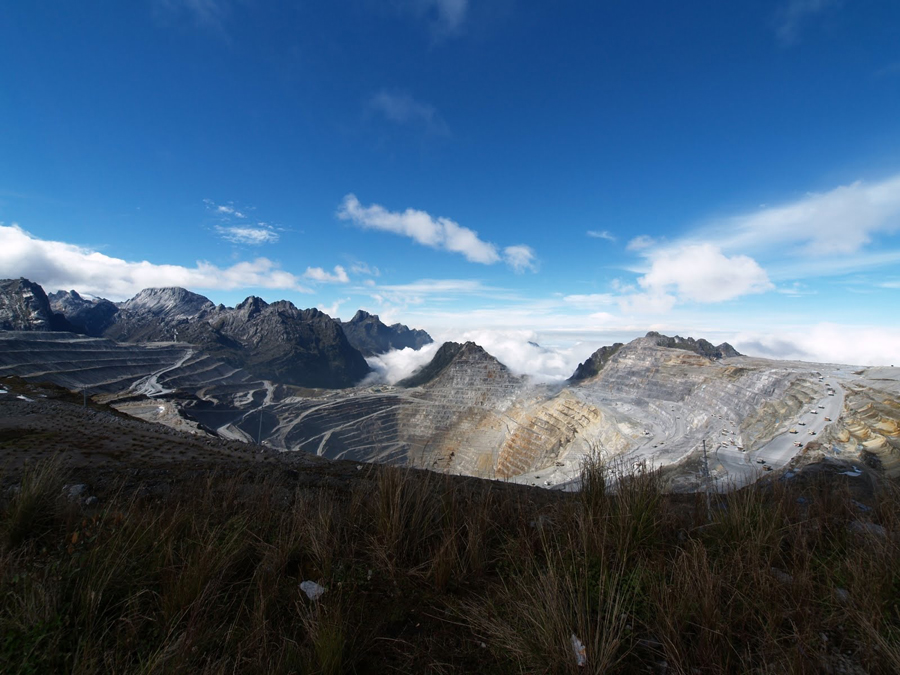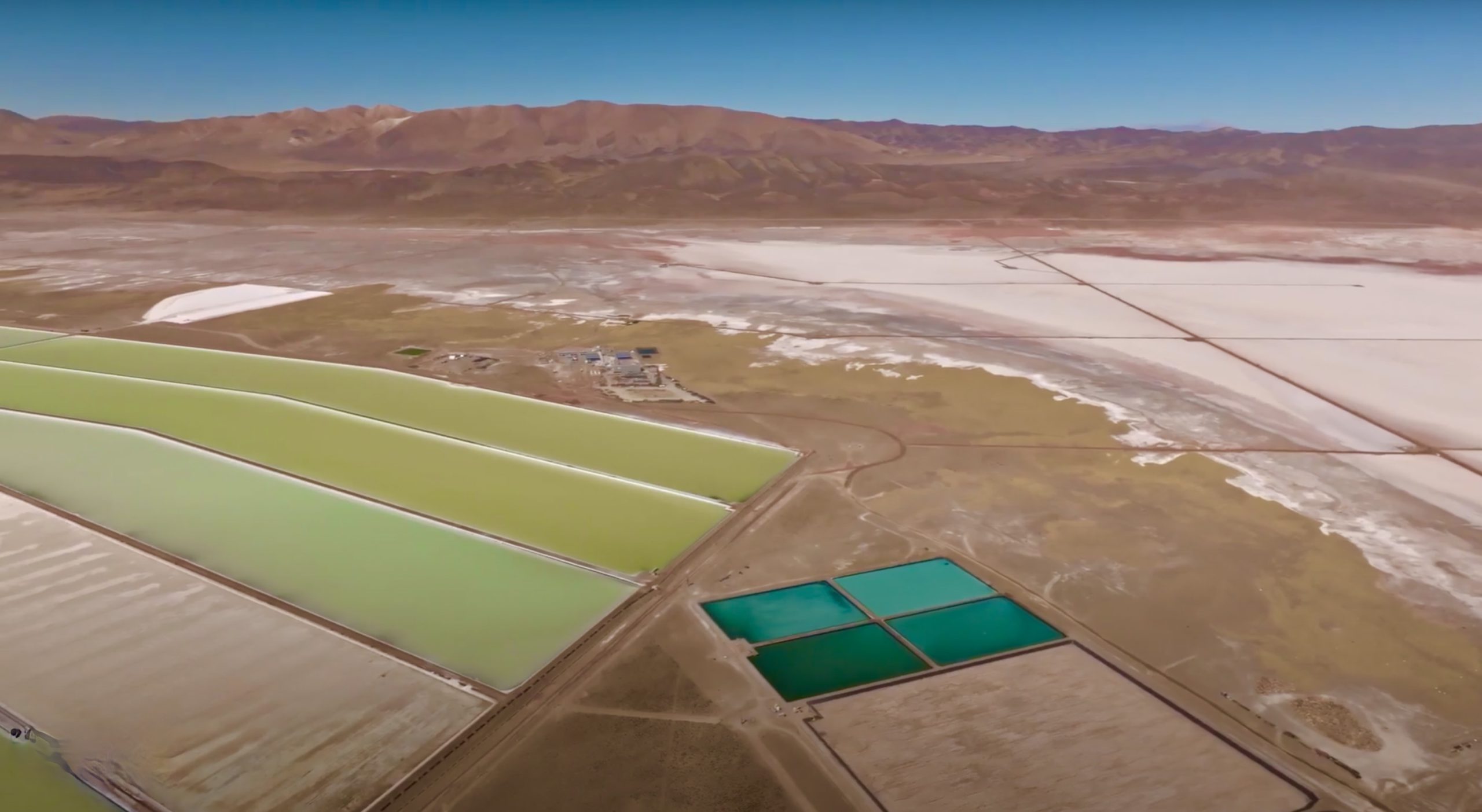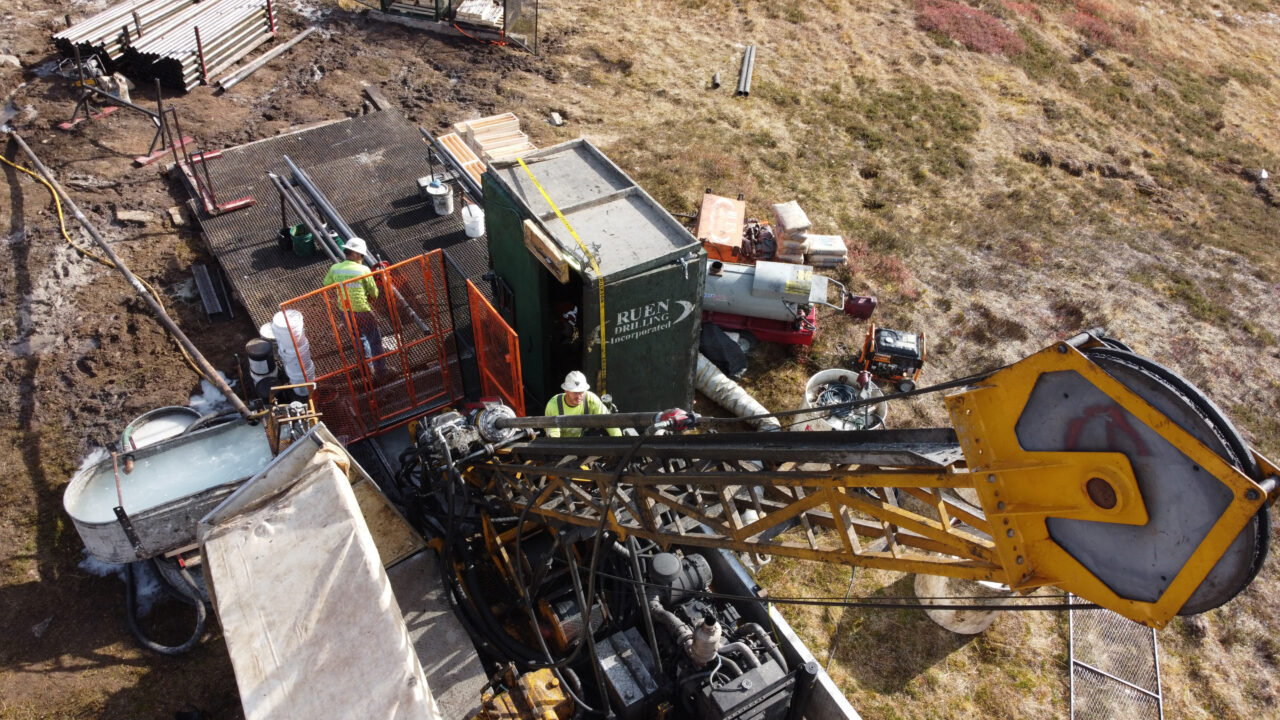Copper price jumps on Grasberg grind, Escondida escalation

In New York on Wednesday copper for delivery in May gained for the fourth day in a row, jumping 2% to hit a day high of $2.7685 per pound or $6,103 a tonne as a return to production at two top mines – combined responsible for some 8% of global output – looks increasingly doubtful in the near term. Copper is trading around levels last seen late May 2015 with year-to-date gains of close to 10%.
Largest listed copper miner Freeport McMoRan told employees in an internal memo that it sees “no returning to business as usual” at its Grasberg mine in the Papua province of Indonesia.
The changes represented “a fundamental shift” in how Freeport operates
Freeport is under a concentrate export ban as it negotiates a new operating licence from the government of the Asian nation and Reuters reports in the memo, the Phoenix-based company announced that it has had to “drastic reductions” to manpower levels in efforts to cut costs:
“These are painful but necessary measures the company needs to survive while it works with the government to achieve a mutually acceptable solution to resume exporting copper concentrate,” it said.
“The outcome of our negotiations with the government will not change this. There is no returning to ‘business as usual,'”it said. The changes represented “a fundamental shift” in how Freeport operates, it said.
“Many of our shareholders feel that we have been too nice”
On Monday CEO Richard Adkerson told investors “in some of his strongest language yet on the issue” according to Reuters that the new agreement sought by Indonesia were “in effect a form of expropriation of our assets and we are resisting it aggressively”:
“Many of our shareholders feel that we have been too nice. Now we are in the position of standing up for our rights under the contract,” Adkerson told a mining conference of institutional investors in Hollywood, Florida.
Freeport said in an update last month its operating subsidiary in the country PT-FI is proceeding with plans to suspend investments and reduce its production by approximately 60% from normal levels. Freeport said its 25%-owned smelter which has been hit by a strike expects to resume operations this month, but warned that its first quarter production has taken a substantial hit:
Assuming resumption of PT Smelting’s operations in March and a continuation of the ban on exports, FCX estimates its first quarter sales will be reduced, resulting in deferrals of approximately 170 million pounds and 270,000 ounces, representing a reduction of approximately 17 percent for copper and 59 percent for gold of its consolidated first quarter sales.
Violence at Escondida
The copper price is also being kept on the boil after BHP Billiton declared force majeure at its Escondida mine on February 10 saying due to a labour strike at the Chilean operation it could no longer meet contractual obligations on metals shipments.
The dispute turned ugly on Wednesday after striking workers blocked several access roads, triggering violent confrontations with police
The wage dispute at Escondida, the world’s largest copper mine by a wide margin, turned ugly on Wednesday after striking workers blocked several access roads, triggering violent confrontations with police.
In a television interview on Monday with BHP CEO Andrew Mackenzie said talks had resumed with the main union representing 2,500 workers at Escondida adding that the miners are “extremely well paid”.
But he was contradicted by a spokesman of the union who said last Monday’s government mediated talks were the last time the parties had been around a table.
While this type of brinkmanship is not uncommon in wage negotiations it could indicate that the strike may take longer to resolve.
In its financial results released last week BHP expected full-year production at Escondida of 1.07 million tonnes, BHP also cut full year guidance by 40,000 tonnes to 1.62m tonnes.
BHP operates and majority owns the mine with fellow Melbourne diversified giant Rio Tinto. The previous labour deal was signed four years ago when copper was trading around $3.40 a pound.
After a relatively quiet year in 2016 for supply disruptions (there is around a 6% production swing factor in global production of over 20 million tonnes) due to bad weather, labour action and other unforeseen events, 2017 is already off to a bad start.
Floods in Chile
Platts reports heavy rains and flooding in copper-rich northern Chile is slowing production in the region, with the Antofagasta region particularly hard hit:
“Mines operations in areas affected by the weather conditions are operating partially. All the mining companies in the region have activated contingency plans,” the ministry said.
Mines in Antofagasta include state-owned Codelco’s Chuquicamata, Ministro Hales and Radomiro Tomic mines, Freeport McMoRan’s El Abra operation and Escondida. Together the mines produced a total of 3.1 million tonnes of copper in 2015, representing 54% of Chile’s total output.
Chile, which is responsible for some 30% of total worldwide output of the metal produced just over 452,000 tonnes in January, down 2.6% year-on-year according to government figures.
More News
Lithium Argentina hits forecast, seeks Milei financing
Lithium Argentina shares reached a new 12-month high Tuesday afternoon.
January 06, 2026 | 01:29 pm
Op-Ed: From Allende to Maduro – the price of resources and defiance
January 06, 2026 | 12:03 pm
{{ commodity.name }}
{{ post.title }}
{{ post.date }}






Comments
Mike Failla
Invest in the U.S. We want to work. We have orebodies, we have workers. Now i think we have the climate. We will see.